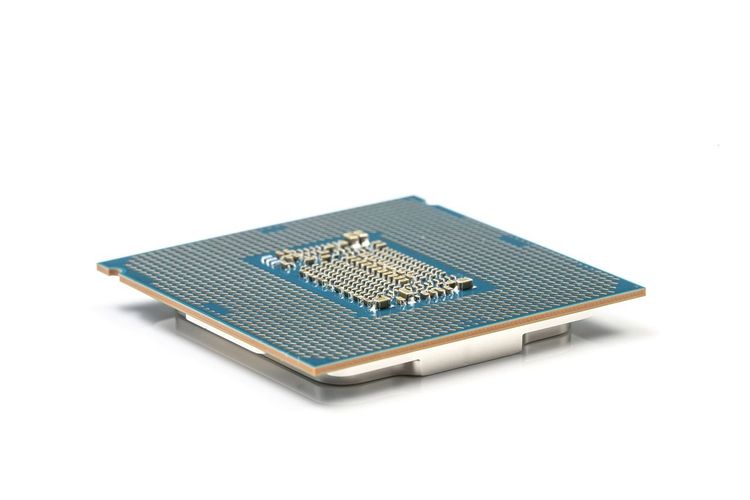Robotics funding has experienced a significant slowdown since its peak in 2021-2022, yet many challenges highlighted by the pandemic continue to persist. One of the primary drivers of venture investment in robotics remains the ongoing labor shortage. Analysts at Gartner predict that by 2028, half of large enterprises will employ robots in their warehouse and manufacturing operations.
Another compelling advantage for warehouse and logistics robotics is its established effectiveness. While various automation solutions may still be in the theoretical phase, warehouse robots are actively performing tasks today, with companies like Amazon leading the charge.
Among the notable players in this space is GrayMatter, a Southern California-based firm known for its impressive results. According to the company, its systems deliver “a 2-4x increase in production line productivity and a reduction of consumable waste by 30% or more,” attracting major clients such as 3M. Remarkably, GrayMatter is a relatively young company, having been established shortly after the pandemic began in 2020.
“Our mission was to boost productivity while prioritizing employee well-being,” co-founder and CEO Ariyan Kabir shared in a statement. “Through our physics-based, AI-driven systems, we are achieving this goal and enhancing efficiency across the board. With the support of our investors, we are making a significant impact for workers in the manufacturing sector and addressing the pressing labor shortages in today’s market.”
So, what exactly is a “physics-based” robotics system? GrayMatter distinguishes its approach from the purely data-driven models employed by other companies. The firm elaborates:
“Consider the challenge of predicting process output based on input. When output is expected to rise with increased input, we can limit our model space, requiring less data for training. There’s no need for excessively complex models. Conversely, when dealing with more intricate scenarios, we require advanced representations and solution generation techniques to handle constraints while maintaining acceptable computational performance. Relying solely on a simple neural network trained on input-output data may fail to preserve process constraints, especially when dealing with noisy training data.”
GrayMatter's innovative approach has captured attention and fueled its growth. The company frequently appears in our robotics job openings, with a May roundup listing 20 available positions—one of the highest counts noted.
This growth is further bolstered by ongoing funding. Recently, GrayMatter announced a successful $45 million Series B funding round, led by Wellington Management and joined by various investors including NGP Capital, Euclidean Capital, Advance Venture Partners, SQN Venture Partners, B Capital, Bow Capital, Calibrate Ventures, OCA Ventures, and Swift Ventures. This latest round nearly doubles the company's previous $25 million Series A funding completed in 2022.
AI, Fundraising, GrayMatter Robotics, Robotics, Warehouse Automation.







